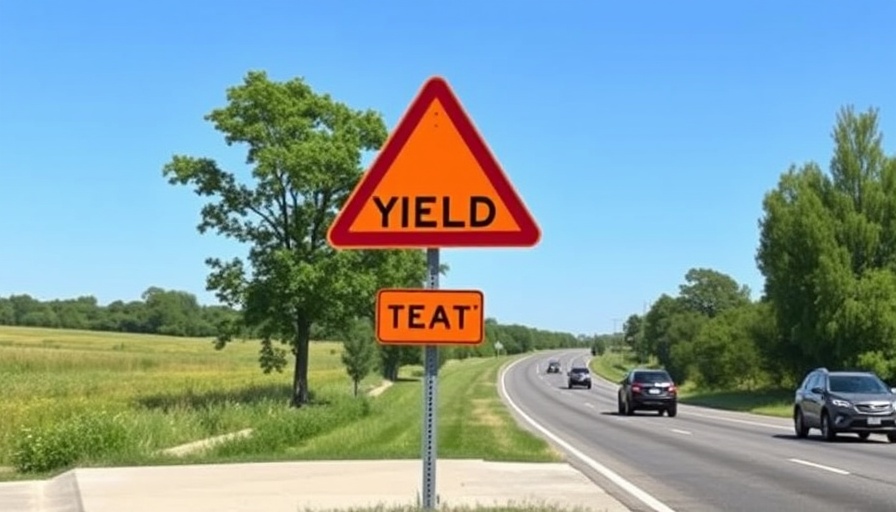
Understanding the Importance of Right of Way Laws
Right of way laws are not merely rules governing traffic; they play a crucial role in ensuring safety and efficiency on our roads. These laws help mitigate confusion and prevent accidents by clearly defining who has priority in various traffic situations. As we navigate ever-busy intersections and pedestrian zones, grasping these rules can be the difference between a smooth commute and a collision.
Types of Right of Way Situations
Right of way scenarios can be categorized broadly into two types: uncontrolled and controlled intersections. At an uncontrolled intersection, the general rule states that the vehicle that arrives first has the priority to proceed. However, at a controlled intersection, such as those marked by traffic lights or stop signs, the rules become more nuanced. For example, drivers should come to a complete stop at stop signs and yield to traffic with the green light.
Why Common Misconceptions Persist
Many believe that pedestrians always have the right of way. While it is true that vehicles must yield to pedestrians at crosswalks and when the pedestrian light is green, this is not an absolute rule. Understanding that pedestrians must also adhere to traffic signals is vital for road safety. This misconception often leads to dangerous situations where drivers assume pedestrians will always act cautiously, which can be detrimental.
Your Role as a Responsible Driver
Regardless of whether you technically have the right of way, exercising caution is paramount. Steven Norman, a certified driving instructor, emphasizes that being ready to yield in dangerous situations can prevent accidents. It’s not just about having the right of way; it’s about making safe choices that prioritize everyone’s wellbeing on the road.
Local Perspectives: The State of Traffic Safety
In various regions, right of way laws can slightly differ due to state regulations. For instance, some states allow right turns on red after a complete stop, while others may impose restrictions even in such common scenarios. Understanding local traffic laws enhances your preparedness and reduces the likelihood of legal issues in case of an accident.
Practical Tips for Navigating Right of Way Scenarios
- Stay Alert: Always be vigilant, especially at intersections, to gauge the intentions of other drivers.
- Use Traffic Signals Wisely: Ensure you follow signal lights and street signs accurately.
- Be Patient: Even if it seems like you have the right of way, a little patience goes a long way in preventing accidents.
These straightforward practices can truly elevate the standard of driving safety and ensure everyone gets to their destination safely.
Conclusion: Embracing Safe Driving Habits
Right of way laws are designed to help us navigate the roads more safely. By understanding these laws and adhering to them, we contribute to a safer driving environment for everyone. Stay informed, practice caution, and remember that road safety is a shared responsibility. Let's prioritize safety over entitlement and work towards a more harmonious traffic experience.
 Add Row
Add Row  Add
Add 




Write A Comment